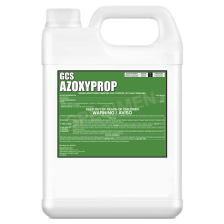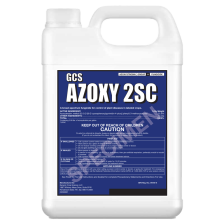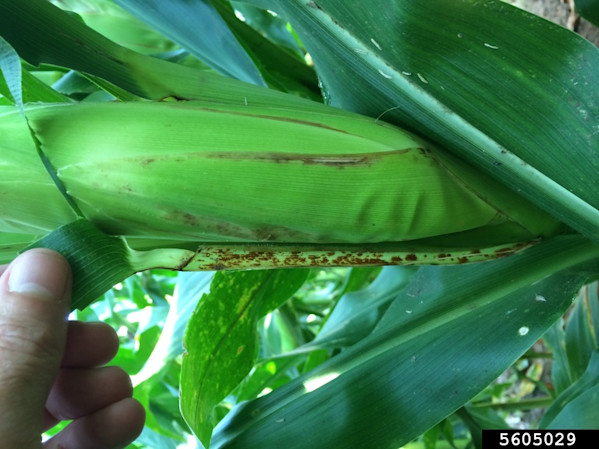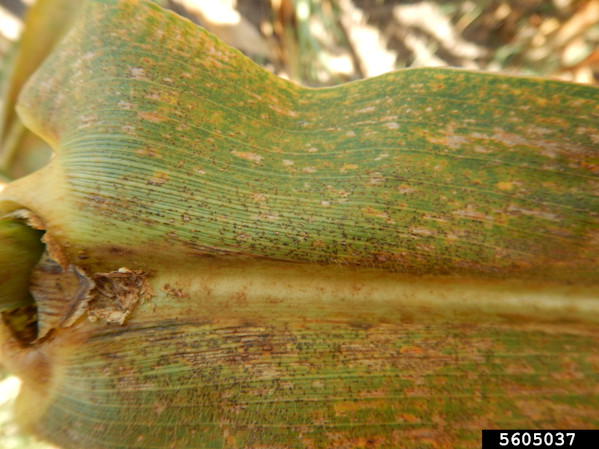Southern Rust Impact on Corn
Southern rust is a fungal disease that affects corn crops in the United States. Previous research has estimated that for every 10 percent of rust infection there is an accompanying 6% reduction in corn yield. This fungus is dispersed by spores that are carried on the wind from tropical climates in the South, where this disease overwinters. The severity and occurrence of the disease depends largely upon the weather conditions. Six hours of leaf wetness or relative humidity of at least 95°F is enough for infection and development.
Southern rust disease is a parasite that diverts nutrients away from the plant and towards the fungus. Severe infections can cause leaf defoliation and senescence, causing the plant to cannibalize the stalk for nutrients during grain fill. This weakening of the corn stalk can lead to stalk rot disease and lodging, which may also affect yield.
The disease primarily targets the leaves of the corn plant, with pustules often densely clustered on the upper leaf surface. In extreme cases, the disease can also affect the husks and tassels, hampering the plant's ability to photosynthesize and produce kernels.
Southern Rust curtails the corn plant's photosynthetic capacity, leading to premature leaf death and reduced kernel development. This can result in poor grain fill, lighter test weights, and ultimately, a reduction in yield.





